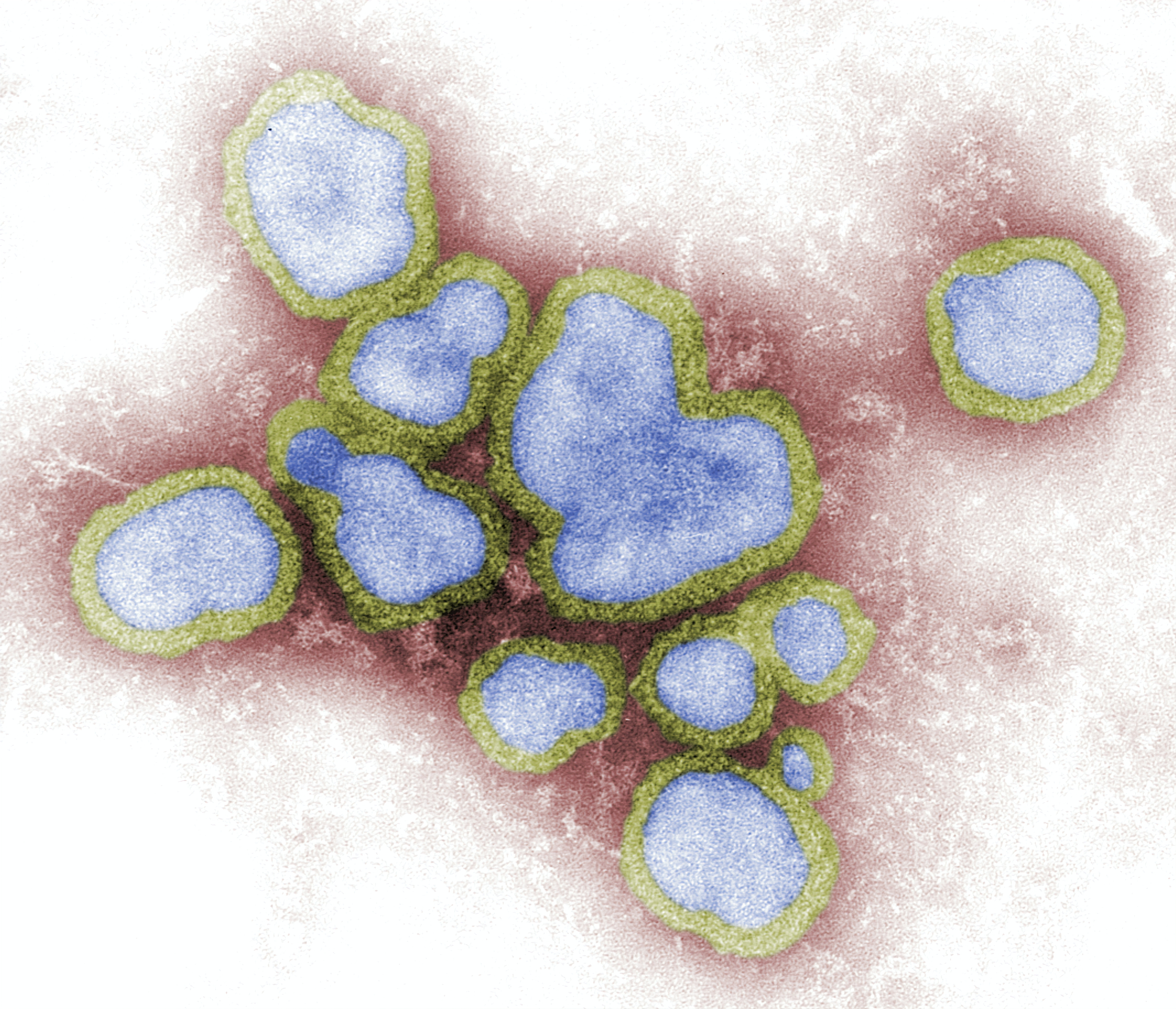Study says college students will need COVID tests every 2-3 days for campus safety

To safely reopen college campuses this fall, students need to be screened for SARS-CoV-2 infection every two or three days, finds a new study led by the Yale School of Public Health.
The research was published in JAMA Open Network.
Investigators led by Professor A. David Paltiel used epidemic modeling and cost-effectiveness analysis to assemble data on SARS-CoV-2 screening performance — including frequency, diagnostic accuracy, turnaround time and cost — to design a monitoring program that would minimize cumulative infections and reduce strain on colleges’ isolation and quarantine capacities at a justifiable cost. With the new testing program, researchers found, most colleges would be able to prevent significant outbreaks of the disease.
“It is possible to reopen U.S. residential colleges safely in the fall,” said Paltiel, “but it will require high-cadence screening in addition to strict adherence to masking, social distancing and other preventive practices.”
Researchers from Massachusetts General Hospital and the Harvard Medical School co-authored the study.
Two findings surprised the investigators, says a release. First, it is possible to screen too frequently. “Too much screening overwhelms isolation facilities with false positive results, generating unnecessary expenditures, fueling anxiety, and undermining confidence in the ability of the university to keep its students safe,” said senior study author Rochelle P. Walensky, chief of the Massachusetts General Hospital’s Division of Infectious Diseases and professor at Harvard Medical School.
Second, the release says, the frequency of screening is much more important than the accuracy of the test. Testing every two days, even with a low-quality test (e.g., one the has a 70 percent chance of correctly detecting the presence of infection and a 98 percent chance of correctly detecting the absence of infection) will avert more infections than weekly testing with a higher-quality alternative (e.g., one that has a 90 percent chance of correctly detecting the presence of infection and a 99.8 percent chance of correctly detecting the absence of infection).
Due to the limitations on regulating student behavior on campus, it will not be sufficient for colleges to simply monitor students for the symptoms of COVID-19 and use signs of illness to trigger isolation and contact tracing, the researchers said.
“You cannot move swiftly enough to contain an outbreak if you wait until you see symptoms before you respond,” said co-author Amy Zheng of Harvard Medical School. “This virus is too readily transmitted by highly infectious, asymptomatic, ‘silent spreaders,’ especially if there might be sporadic parties that lead to outbreaks.”
The researchers acknowledge that the findings of their study set a high bar — logistically, financially and behaviorally — that may be beyond the capacity of many universities and the students in their care. Paltiel concedes that the analysis’ recommended protocols may not, in fact, be feasible. But, he adds, the adverse consequences of an outbreak will be disproportionately visited upon the non-student members of a college community — its staff, faculty and the more vulnerable members of the surrounding community.
“Any school that cannot meet these minimum screening standards or maintain uncompromising control over good prevention practices has to ask itself if it has any business reopening,” Paltiel said.
The study was supported by grants from the National Institutes of Health and the Steve and Deborah Gorlin MGH Research Scholars Award.
Looking for a reprint of this article?
From high-res PDFs to custom plaques, order your copy today!





